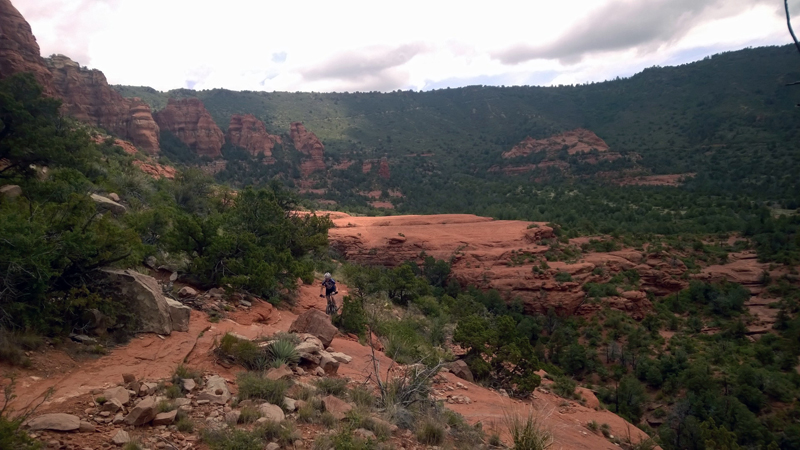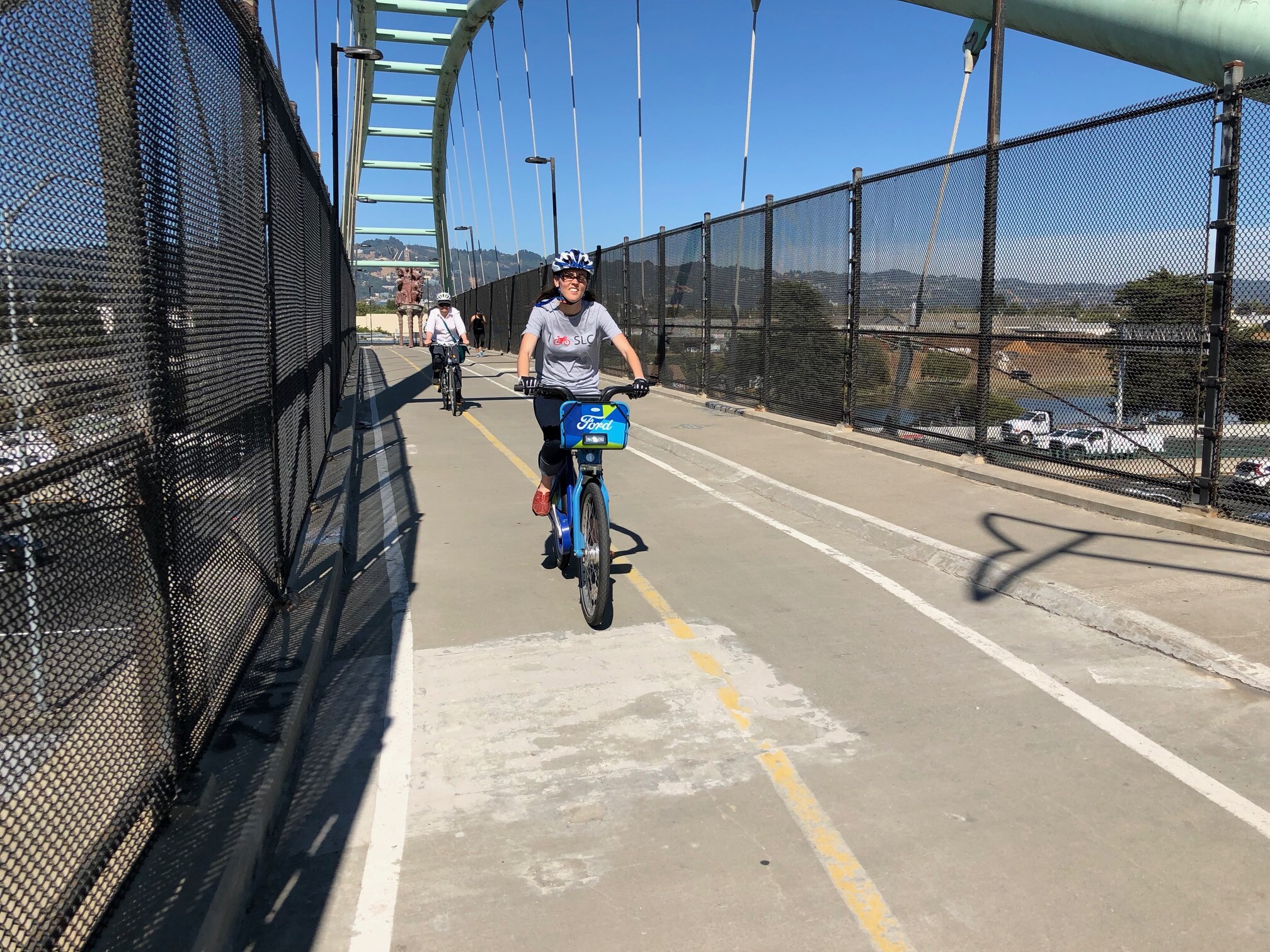Bicycle tourists bring big economic benefits to a state. At least that’s what neighboring Arizona found when the state studied the issue. The Arizona Dept. of Transportation (ADOT) released a 2013 study saying that people who come to the state to ride bicycles contribute more than $88 million a year to the state economy.

The study found that about 14,000 people cross state or international boundaries to enter Arizona and participate in about 250 organized cycling events such as El Tour de Tucson – not to mention those who ride for other reasons. The study says these tourists are responsible for creating or maintaining 721 jobs.
In addition to spending traditional tourist dollars, these people spend money in bike shops. Surveyed shopkeepers said they repair a lot of cycle and sell them and merchandise to out-of-staters (sometimes in person; sometimes by shipping). But the sample of sales examined was too small to generate conclusions from and researchers found bike shop operators were reluctant to share information. Exports were also included in the study, and were estimated based on number of employees.
The report states that its “ultimate purpose …is to provide information to serve as one basis by which ADOT and potentially other state agencies could expand support for bicycling activity, and thereby the bicycle industry, in Arizona.”
And how to get more riders to come? “With its mild winter in the desert areas and numerous scenic attractions, Arizona is well positioned to increase this kind of activity, regardless of national trends in bicycle usage and could market itself as a destination for bicycle tourism. A velodrome could be an important complementary asset for bicycle tourism in Arizona,” the report suggests.
Would bicycle tourism bring great economic benefits to other states? Researchers looked at previous studies and concluded that those done are too area-specific and too few to generalize from. Arizona’s climate, for instance, is more likely to attract cyclists year-round than many other states.
But other recent studies have documented that cycling tourism boosts the local economy. The Oregon Bike Travel Study released in February for Travel Oregon, for instance, reported that bicycle tourists spent more than $325 million in the state last year, though the figure includes both Oregonians and visitors. And a study done three years ago at the University of Wisconsin estimated that non-residents who come to Wisconsin to cycle will spend an average of $76-$81 a day in the state.
Will Utah study how bicycling is helping the state? “There has been talk of it. We have not come up with specific plans,” says Evelyn Tuddenham, bike/ped coordinator for the Utah Dept. of Transportation. “If we do such a thing, it is likely to be a multi-agency study so we are sharing the cost and it is useful for a number of agencies…. We understand that it is important. I am sure that something will be done in the next few years.”
The Arizona study found that for the events it documented for 2012 and 2013, about one-third took place in spring – more than in any other season. Fall finished second with slightly more than a quarter. The fewest events took place in summer, about 15 percent.
But it seems to pay to both sponsor events (tours, mountain bike rides, cyclo-cross, BMX, bicycle races, triathlons and so forth) and build trails that people will ride on their own. Many events last more than one day, a boon to the lodging industry.
The study looked only at what tourists bring to Arizona – not how spending by Arizona residents on bicycling affects the state economy. The authors concluded they couldn’t judge that accurately because of the plague of all microeconomic studies: you can’t accurately factor in the substitution effect. They counted 39,000 Arizonans per year who ride in about 250 organized Arizona bicycle events (and it didn’t count every local event). But is a dollar spent on a bicycle a dollar not spent on a golf club?
The study focused mainly on bringing tourists into the state. It acknowledges that bicycle and related equipment manufacturing in the state is “limited to a few small firms” and that other states and countries focus much more on export. It notes that it is “likely that other states that have a much larger established base of bicycle manufacturing, such as California, have an advantage over Arizona.”
Researchers say they plan to update the study periodically but they haven’t determined how or when. But they suggest that ADOT and other state, tribal and local governments; together with bike groups; keep tabs on bicycle tourists’ spending. Someone should compile annual lists of in-state bicycle events. And the Arizona Dept. of Tourism should gather more data on cyclists, the study recommends.
An Economic Impact Study of Bicycling in Arizona: Out-of-State Bicycle Tourists & Exports: Final Report can be found here. McClure Consulting LLC of Phoenix and two other consulting firms conducted the study for ADOT.





